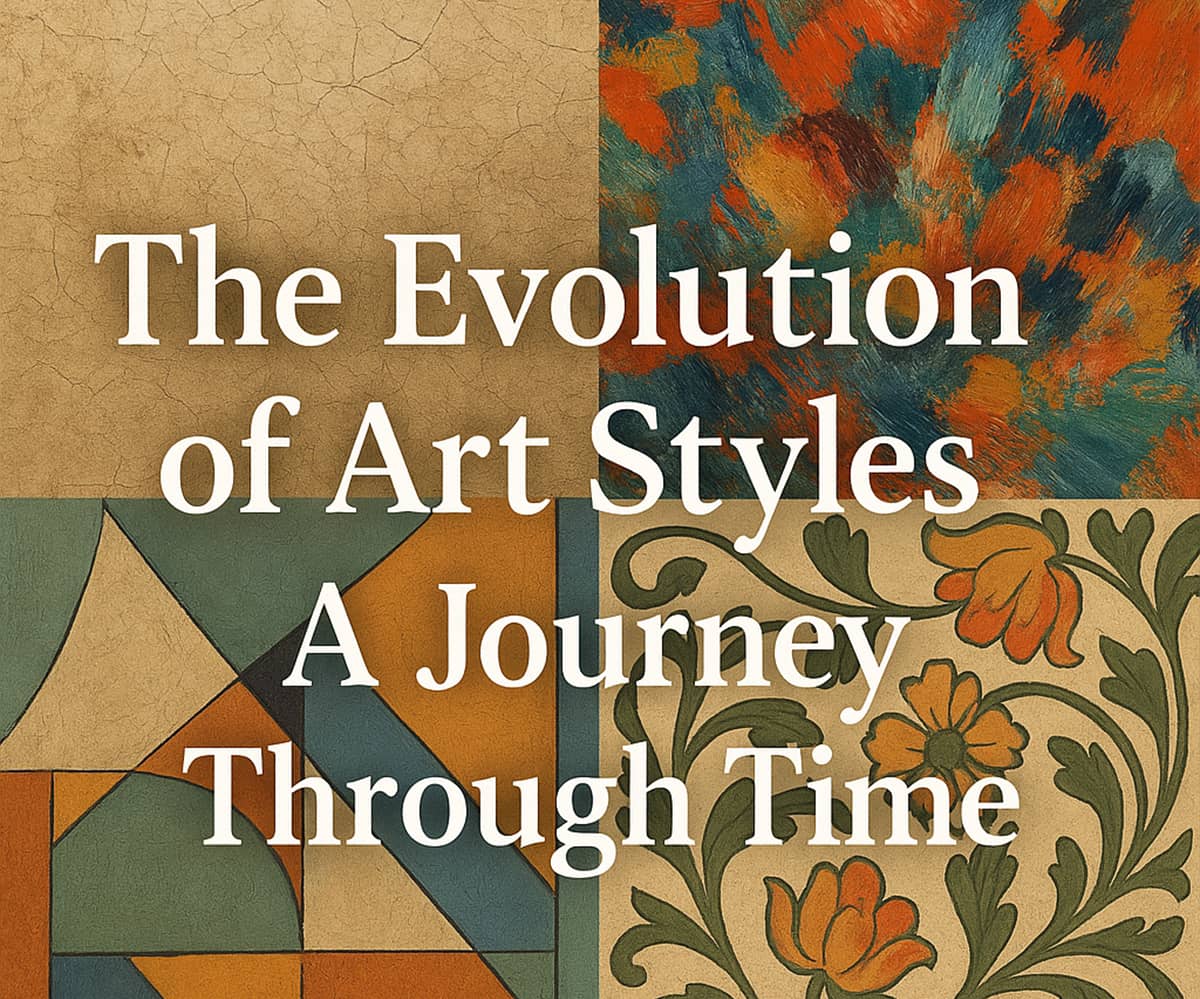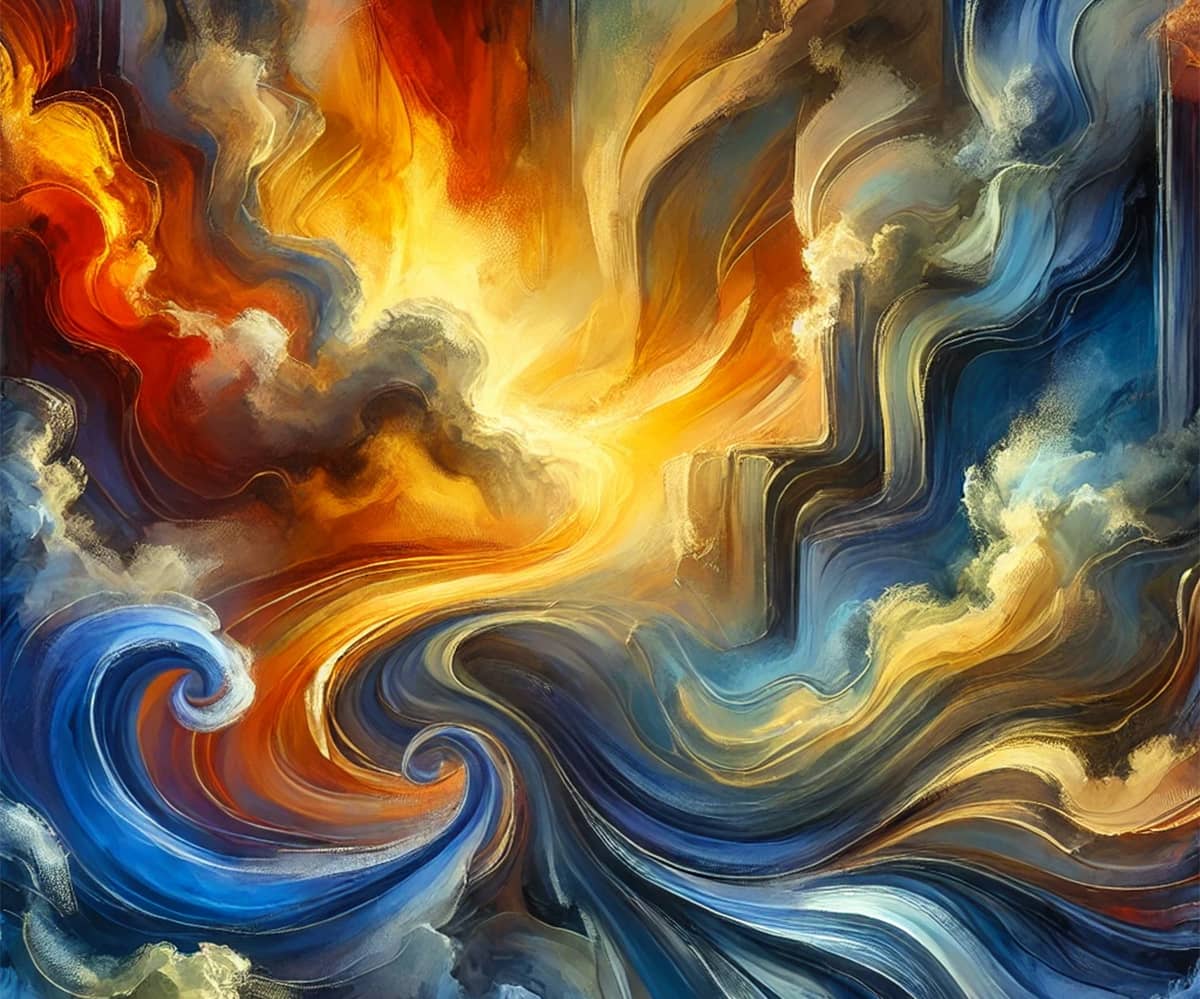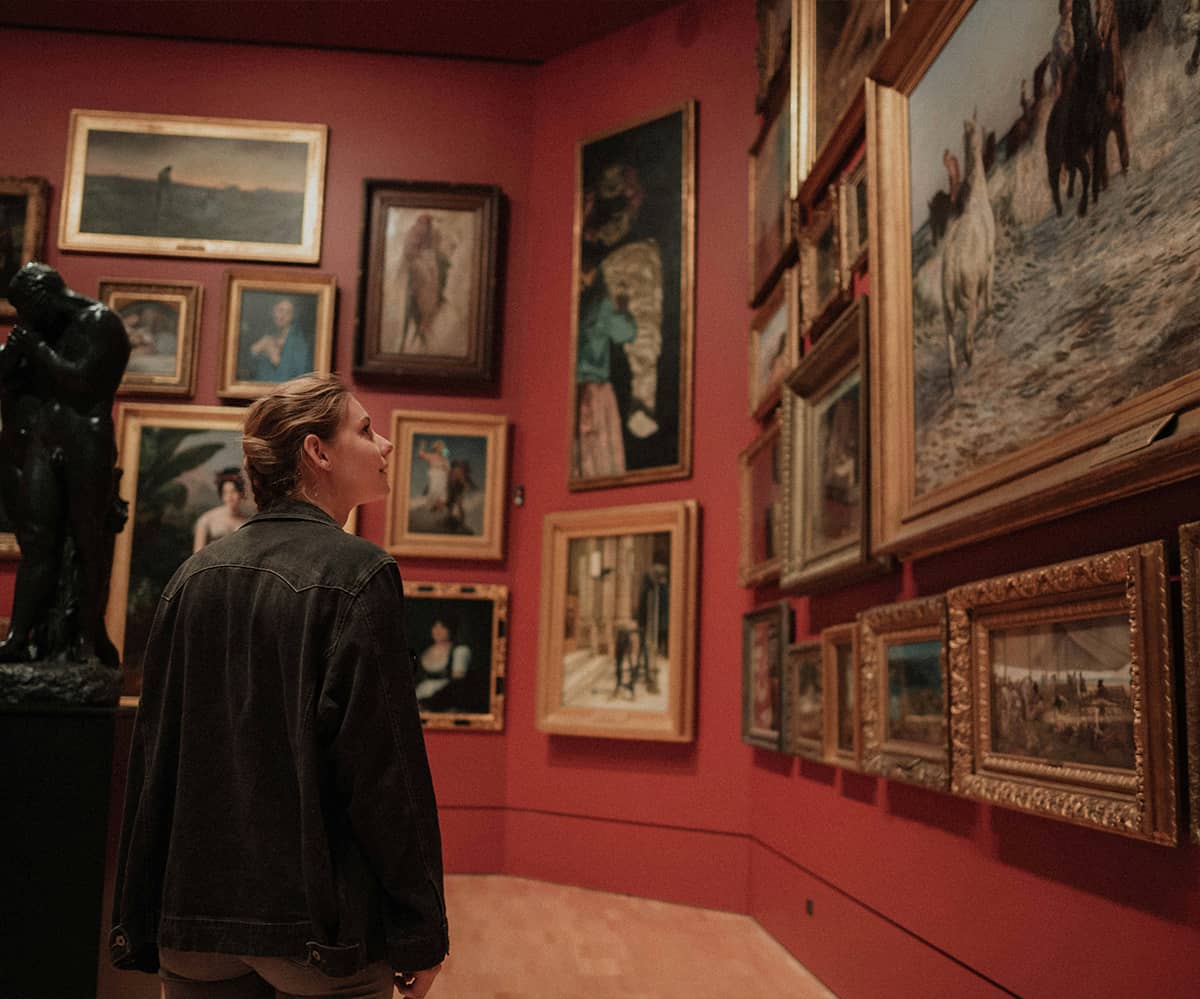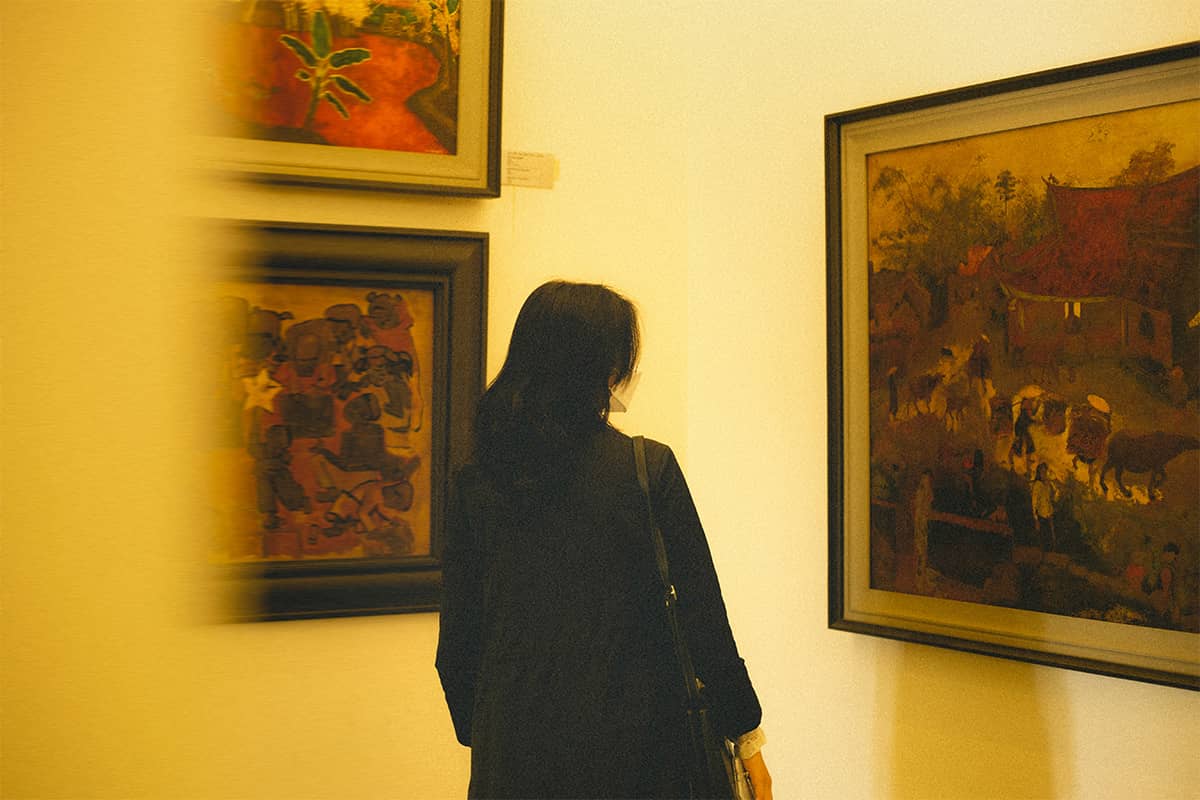Mastering the Magic of Watercolors Part 1: A Step-by-Step Guide to Painting with Precision and Grace
Watercolors, with their fluidity and ethereal charm, have been captivating artists for centuries. From delicate washes to vibrant splashes, this medium offers a unique range of creative possibilities. If you’re eager to embark on a watercolor journey or refine your existing skills, this article is your guide to mastering the art of watercolor painting. Prepare to explore techniques, tools, and essential tips that will unlock the magic of watercolors and allow you to paint with precision and grace.
1. Gather the Right Materials
Before diving into watercolor techniques, it’s crucial to assemble the necessary tools for your artistic endeavor. Invest in high-quality watercolor paints, paper, brushes, and a mixing palette. Opt for artist-grade materials, as they offer superior pigmentation, lightfastness, and overall performance.
2. Understand the Basics of Watercolor Techniques
Mastering watercolor begins with grasping fundamental techniques:
Wet-on-Wet: Apply water to the paper before adding paint to create soft, seamless blends and diffused edges.
Dry Brush: Use a brush with minimal water and pigment to achieve textured and controlled strokes.
Wet-on-Dry: Apply paint to dry paper for precise lines and distinct shapes.
Lifting: Lift off excess paint or create highlights by blotting with a damp brush or tissue.
3. Embrace the Magic of Water and Pigment
Watercolors rely on the interplay of water and pigment. Embrace the fluid nature of the medium and allow it to guide your creativity. Don’t fear mistakes; they can often lead to unexpected beauty. Experiment with various water-to-pigment ratios to control transparency and opacity.
4. Work with Layers
Watercolor painting is a journey of gradual build-up. Layering allows you to create depth, richness, and luminosity in your artwork. Start with light washes and progressively add more layers to achieve the desired intensity and color vibrancy.
5. Master the Art of Blending
Seamless blending is one of the most enchanting aspects of watercolor painting. Practice the wet-on-wet technique to achieve smooth color transitions. Explore blending complementary colors to create vibrant shadows and highlights.




